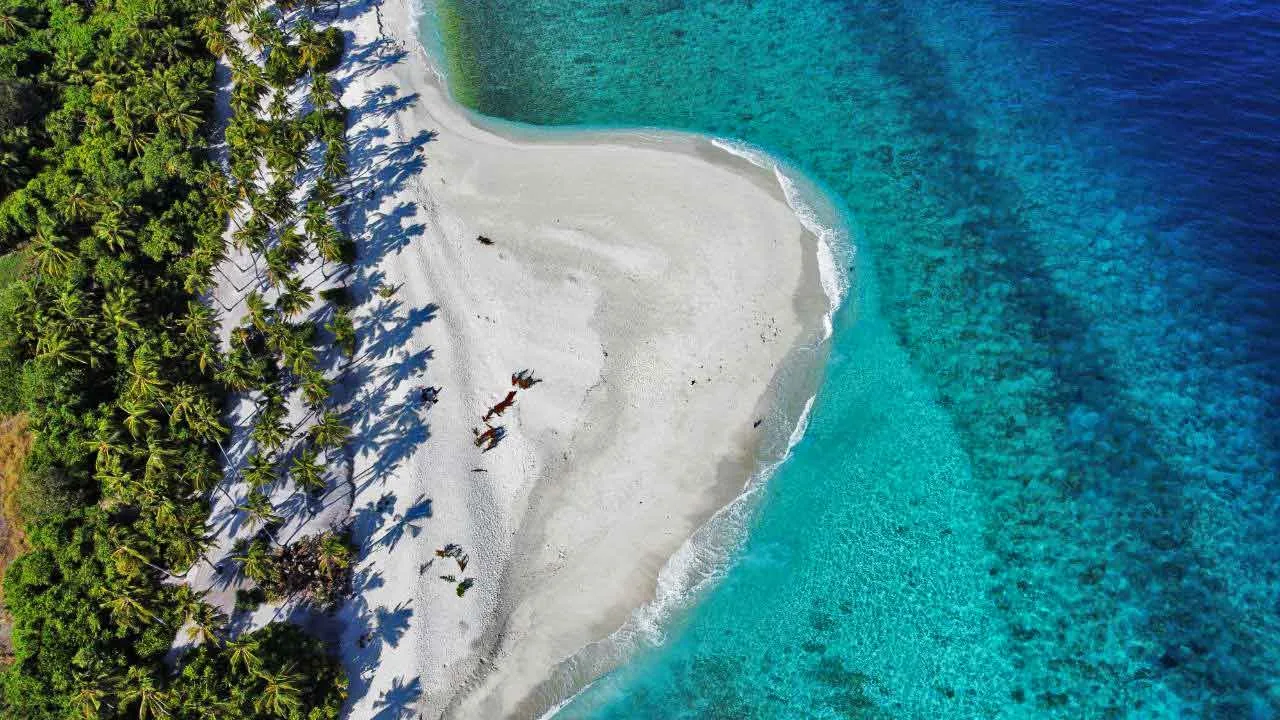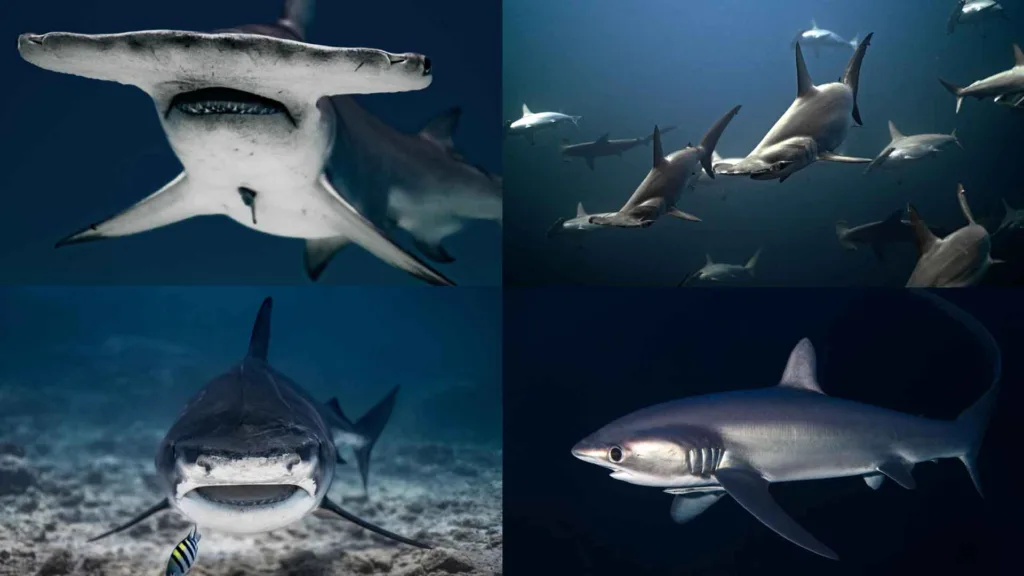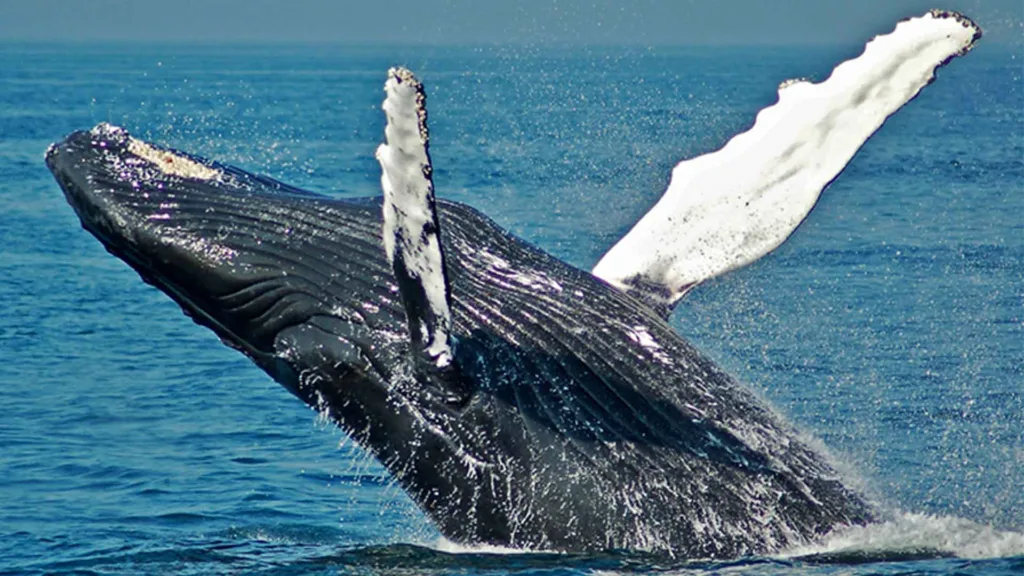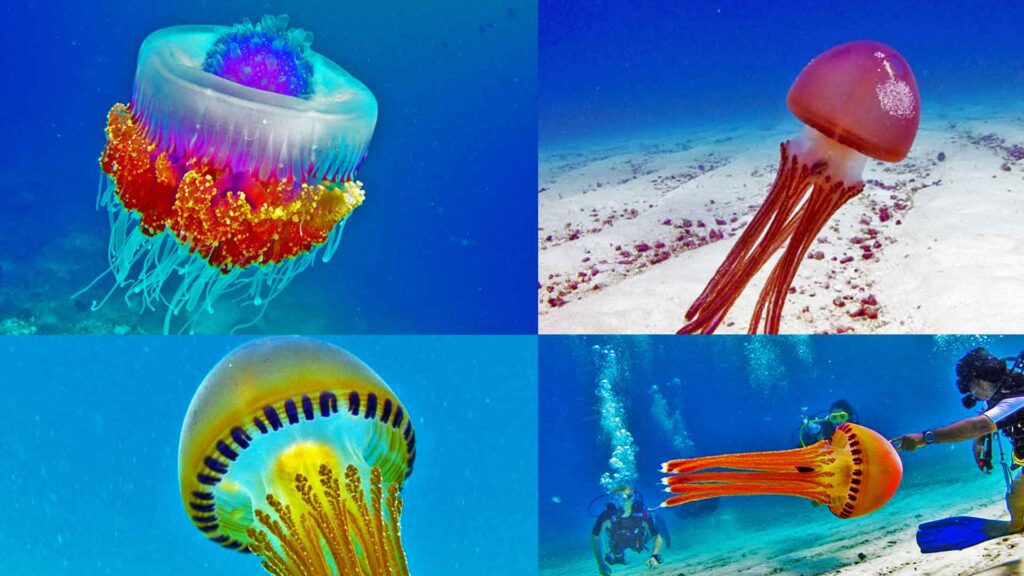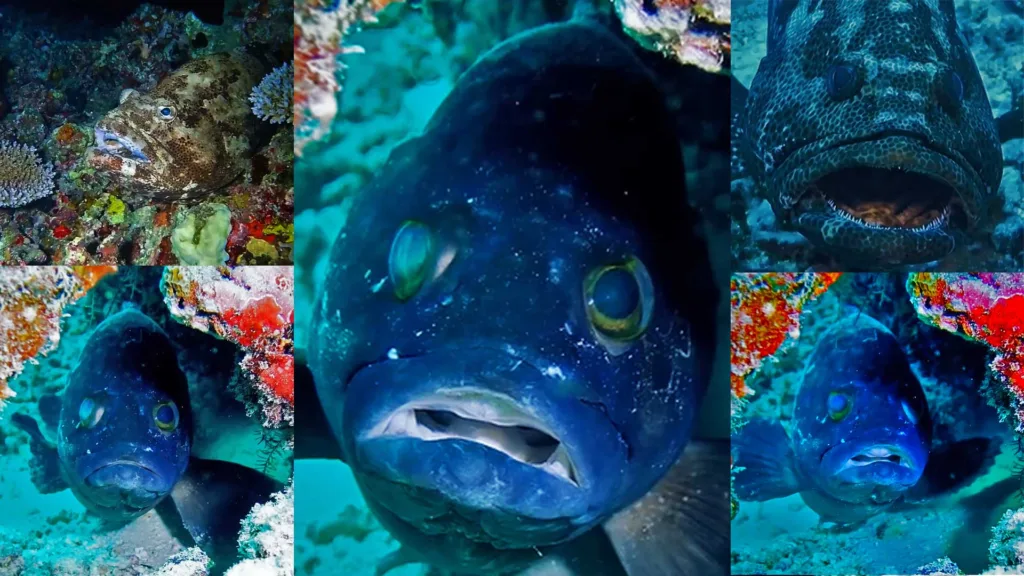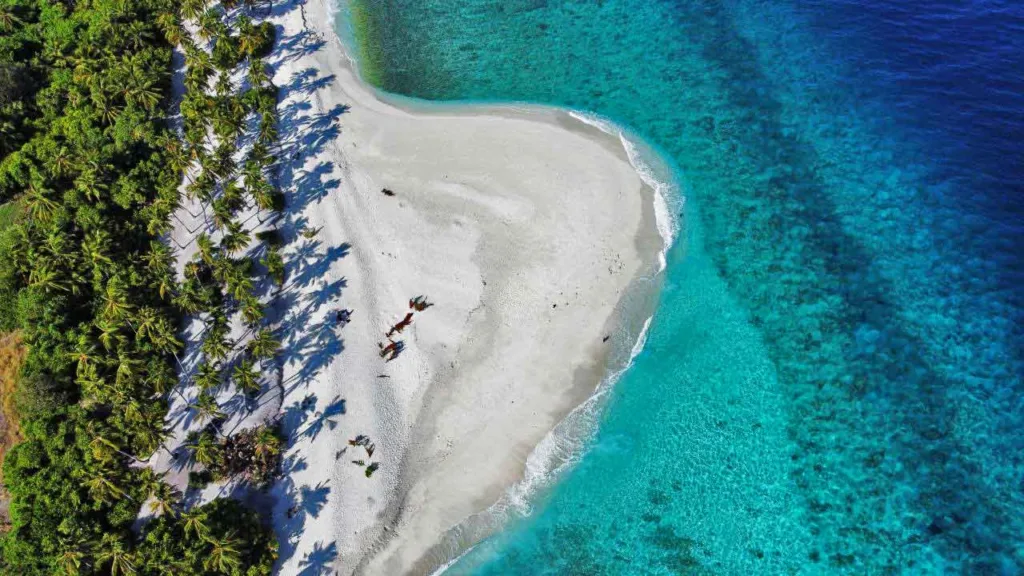
The Maldives’ islands are made up of coral atolls, which are entirely made of coral reefs. The Maldives’ coral reefs are the world’s seventh largest. It supports a diverse range of species. The vastness of the coral reef displays various formations. The formations are unique, with various ecosystems found within these massive and phenomenal structures. The depth, conditions, and structures differ from each other.
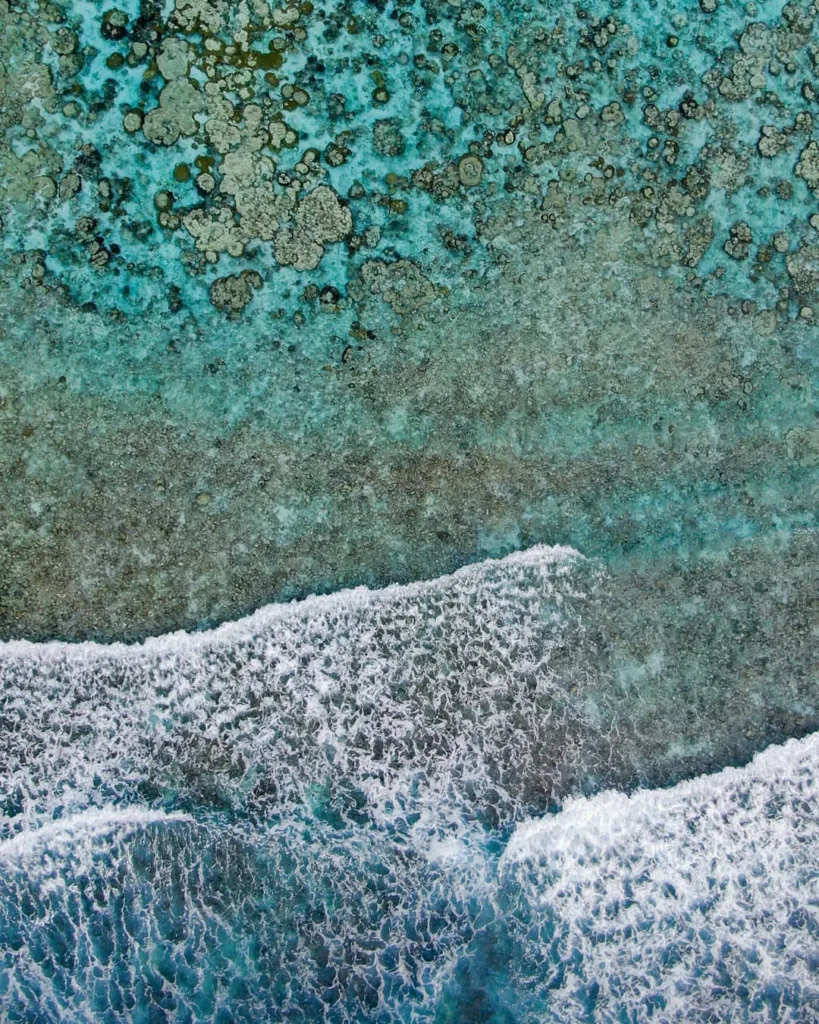
There are three types of reefs in the world: fringing, barrier, and atoll. The zones are found in various formations. However, the zones’ formations and compositions differ. Temperature, waves, depth, and other variables all play a role. These factors also determine the presence of fish and other species. These zones include the reef flat, reef crest, front reef, and back reef.
A lagoon is technically not a zone. A lagoon is a shallow body of water. It is partially or fully separated from the ocean by either a coral reef or land. The lagoons are another stunning location on the reef system. This region is a rich marine environment. This area is made up of sand and seagrasses. There are patch reefs as well. Seagrasses provide a favourable habitat for marine animals while also stabilising the sand and substrates.
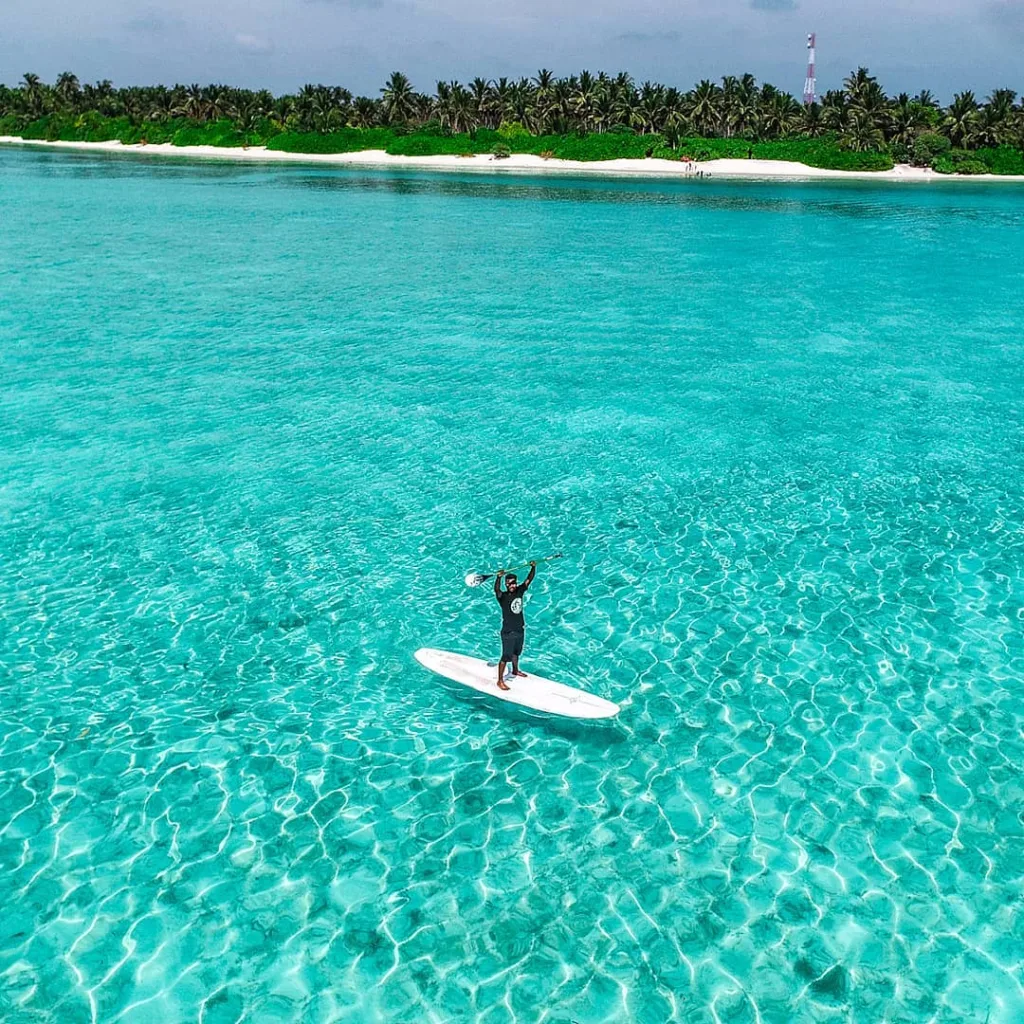
These spectacular formations essentially consist of patterns, zones, and subsequent ecosystems. One of the most common features and zones is the intertidal zone. This region is where the land meets the ocean. The Maldives’ white sandy beaches are located here. The turquoise lagoons are also a sight to behold. There are mangroves and freshwater bodies that meet the sea. The spectacular beaches are one of the most eye-catching features of tourist attractions. This gifted feature is an important component of coral reefs. It functioned as a filter. Coral fragments break down to form the beach’s composition, also known as sand.
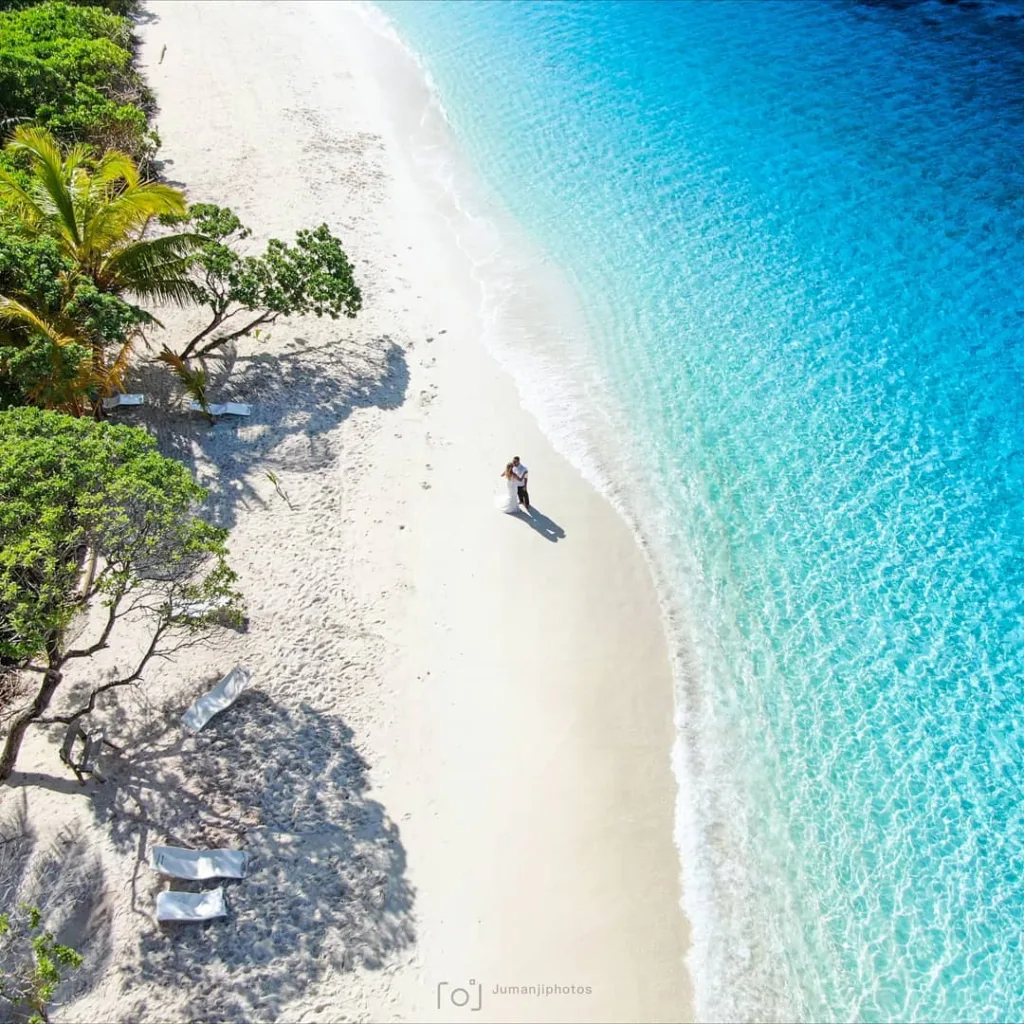
We may believe that mangroves and coral reefs have little in common. However, mangroves also filter mud and sediments from the land. It also serves as nurseries for juvenile fish. A 2004 Nature study, co-authored by a WWF scientist, discovered a strong correlation between coral reef fisheries productivity and the health of nearby mangrove forests. According to the study, reefs near intact mangroves contain 26 times more fish than reefs far from mangroves.
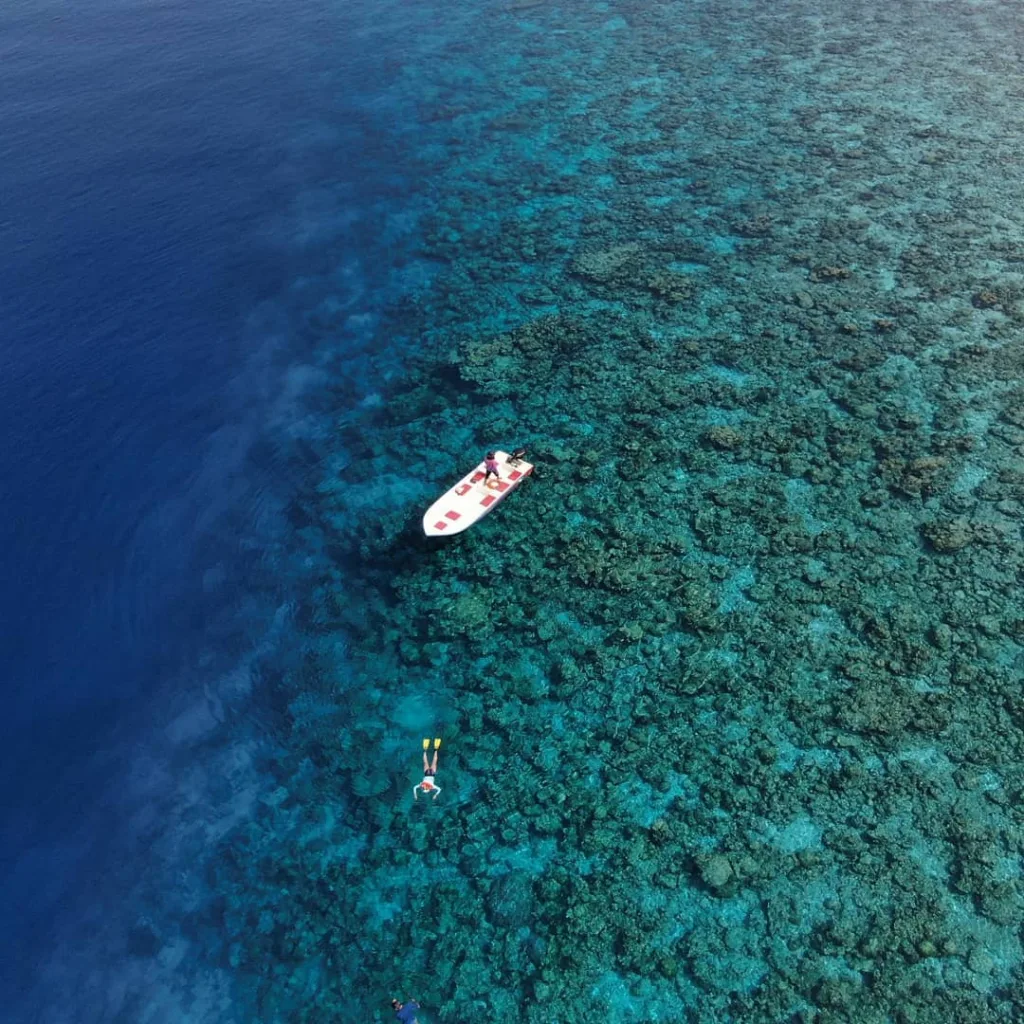
The reef flat is a dynamic zone subjected to extreme physical conditions. Algae, sand, rubble, and small organisms inhabit this location. This area is protected from wave action. It can stretch for miles. The depth can vary from inches to several feet. The back reef slopes into a lagoon. Here you will find coral rubble and isolated patches. This area is shallower and better protected from wave action. The back reef contains intricate coral gardens and sandy patches. This area is located where the lagoon rises and meets the shallow waters of the reef flat.
The reef’s highest point is its crest. This area is subject to the most intense wave action. The reef front is the furthest from the shoreline. This area is also known as a fore reef. This region is where the most diverse corals exist. The fore reef slopes downward. And it can reach great depths. When the reef front extends nearly straight down, it creates stunning drop-offs.
The magnificent beauty of the Maldives shines through these vast natural formations, each with their own unique patterns, shapes, and zones. This natural formation is home to a plethora of colourful corals and fish, creating a riot of colour.
